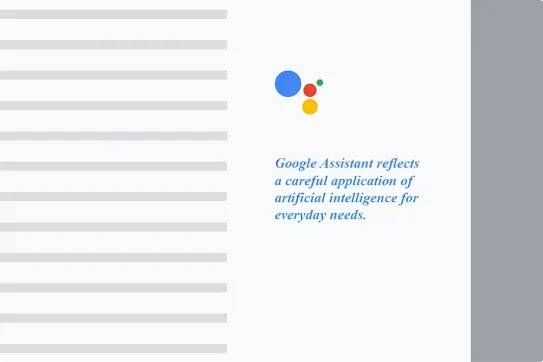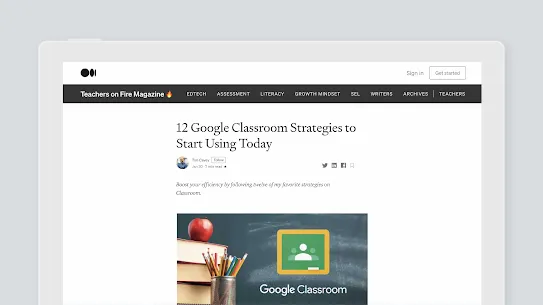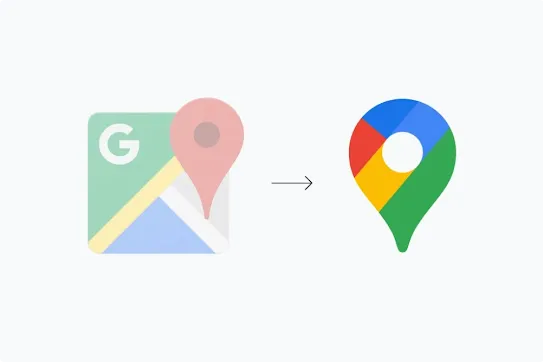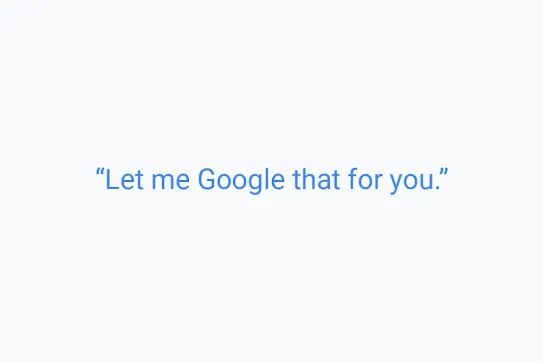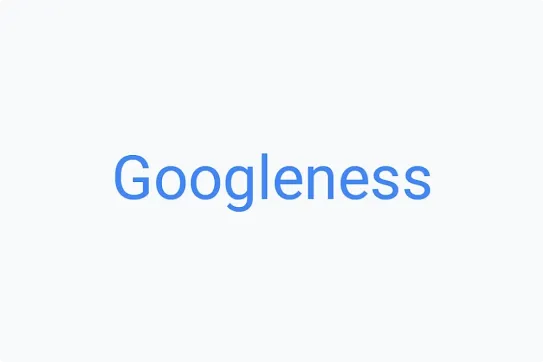Our trademarks are important to us, so we want to make sure you use them correctly.
Trademarks include our names, icons, logos, and other signature imagery.
You’re welcome to reference Google and our products in plain text, whether in
fictional or non-fiction content, and don’t need to ask for our permission to
do so.
Your use of Google trademarks cannot imply a relationship with Google or
suggest the content has been authored by or represents the views of Google,
such as “The Official Google Docs Guidebook.”
For example, you can write a book called “Google Docs for Newbies,” but you
can’t include the Google logo, the Google Docs icon, or screenshots of Google
Docs on the cover of your book.
You may use these elements where appropriate inside your book for
instructional purposes, as long as such references are accurate and
relevant.
View our
trademark list
for the proper names of all our products and services.
You may use unaltered screenshots of our products for instructional or
illustrative purposes in textbooks, instructional books and videos, online
articles, blog posts, and other such materials. They may be lightly annotated,
but don’t distort or modify them in any way, such as changing the appearance
of the user interface.
Screenshots can’t appear on the cover of your book, but you may use
screenshots in advertisements for your book, video, or other content, whether
print or digital, as long as it is clear that the advertisement is coming from
you and not from Google.
You may use small depictions of our product icons within your book, article,
instructional video, or other similar content for educational or informational
purposes. You’ll still always need our permission to use the Google logo, or
any of our product icons or logos outside of this use case.
